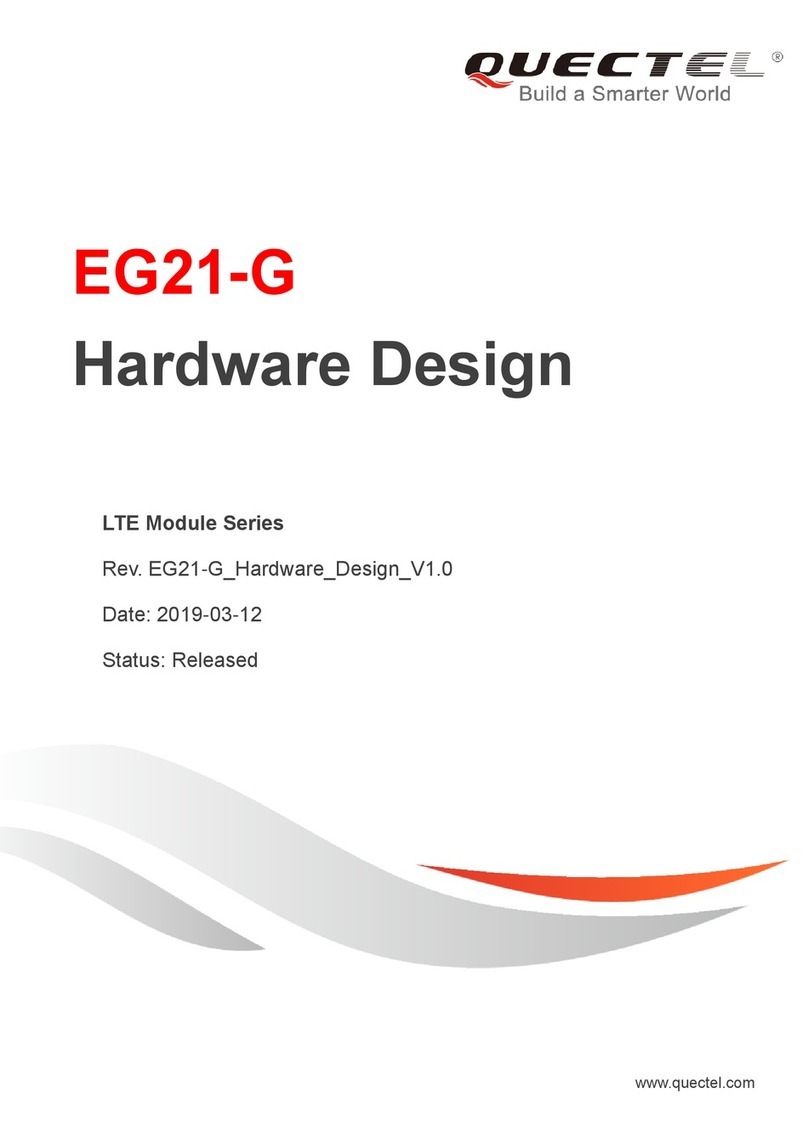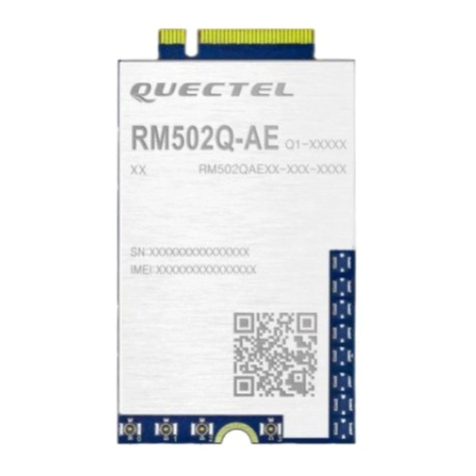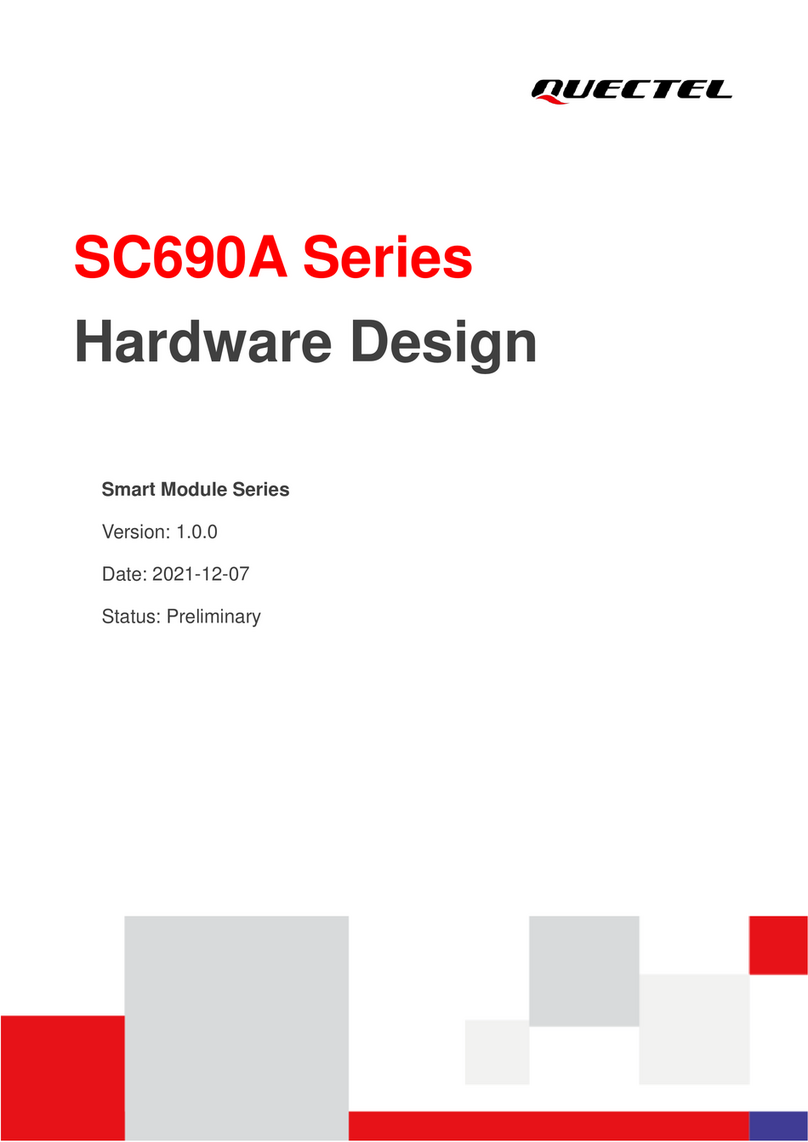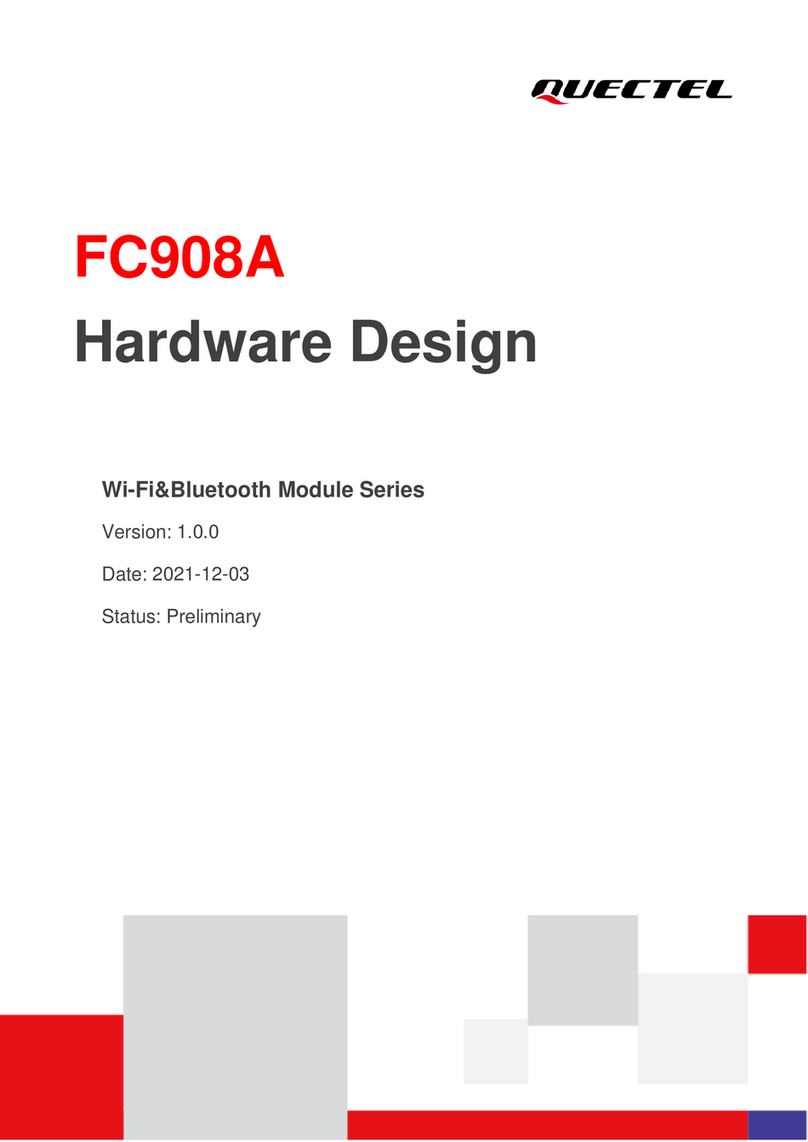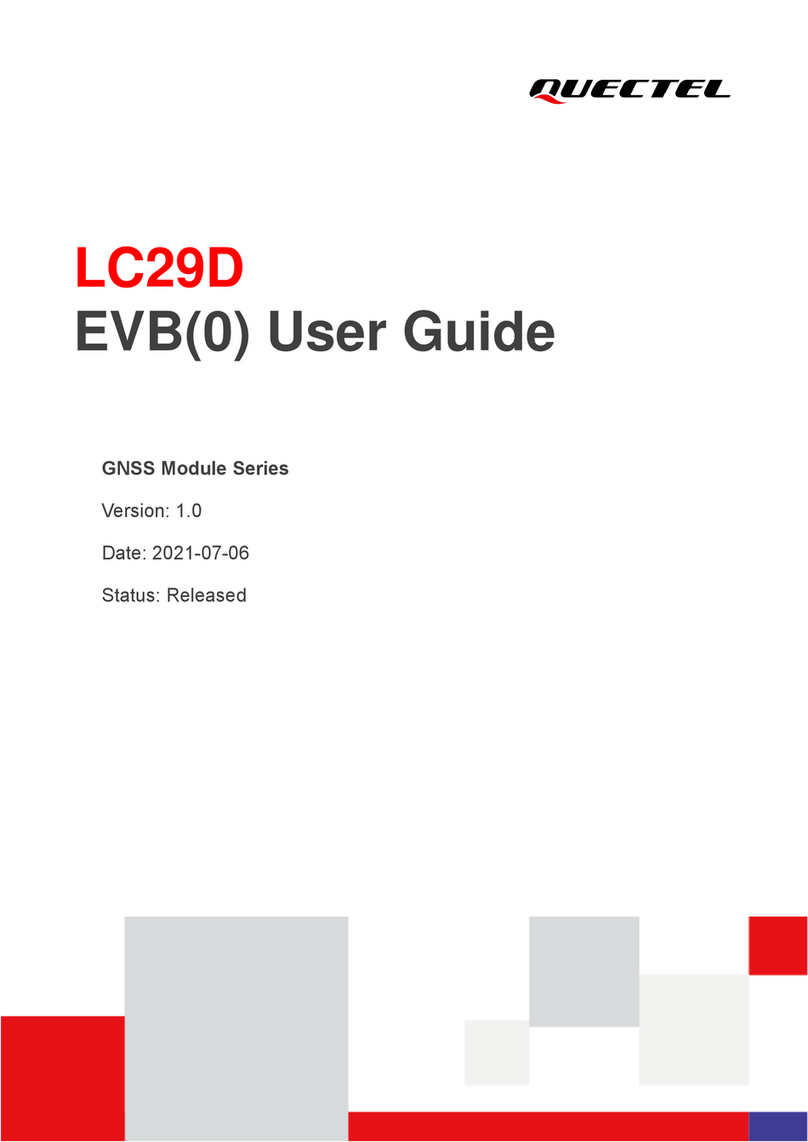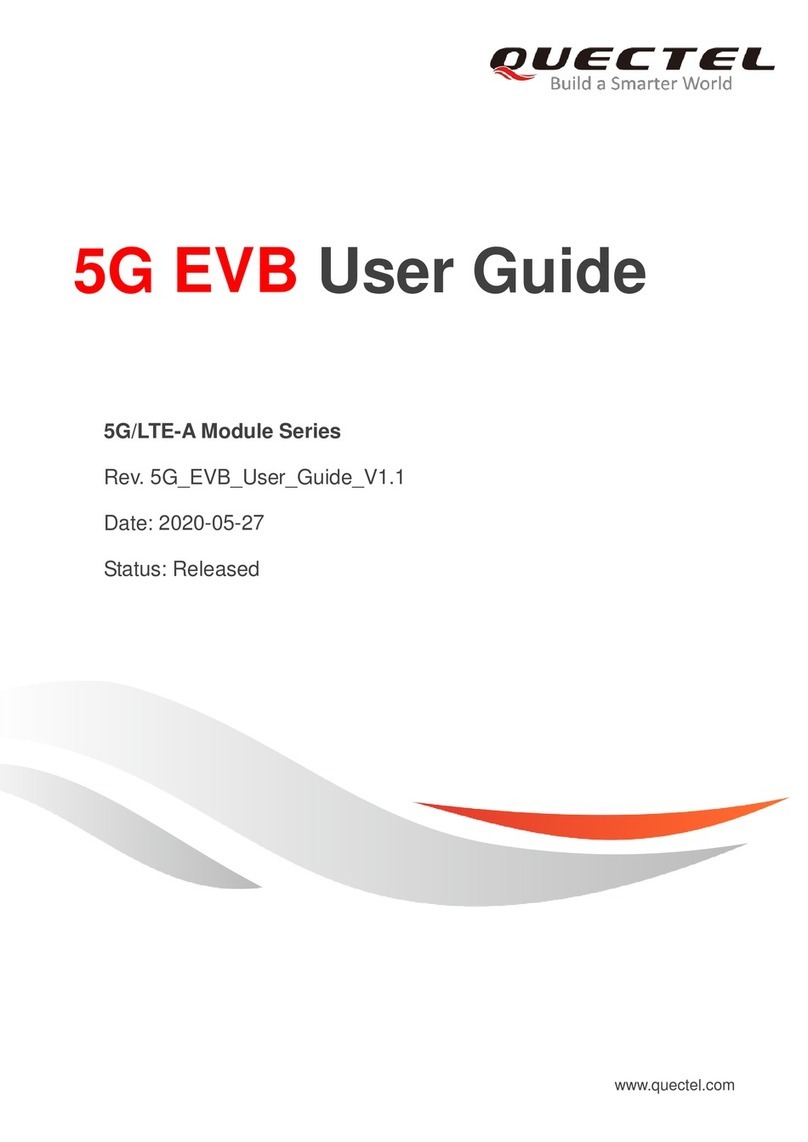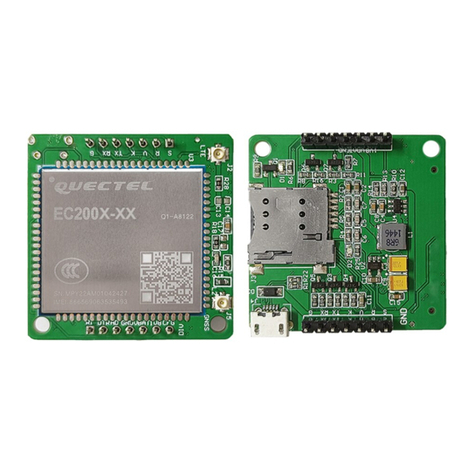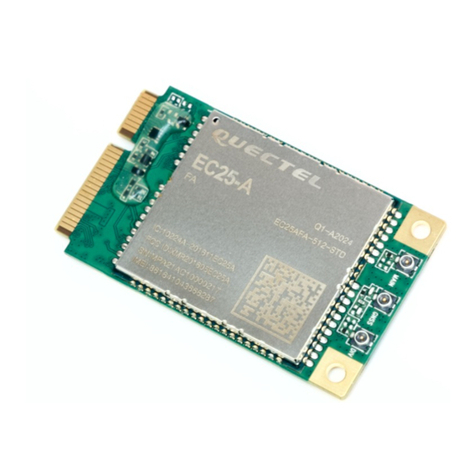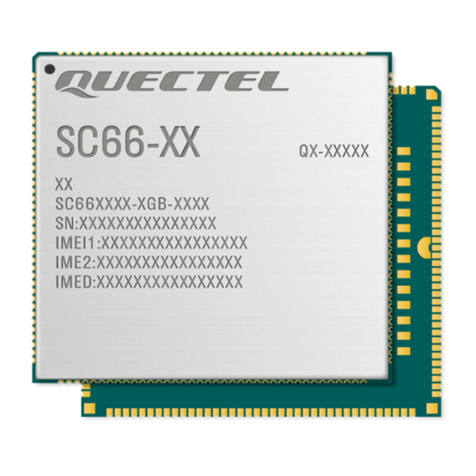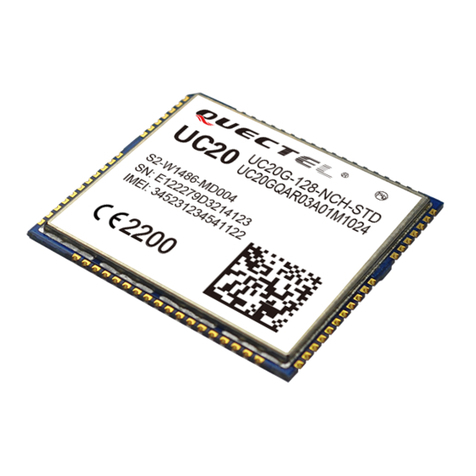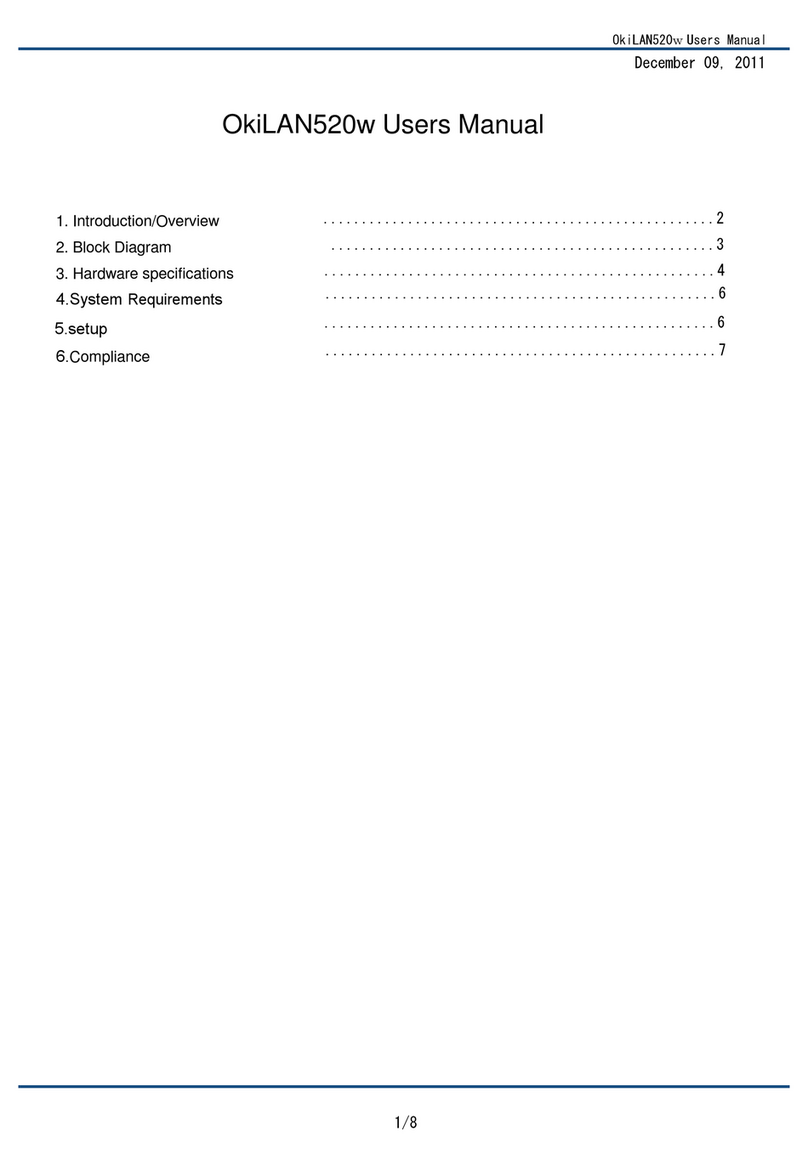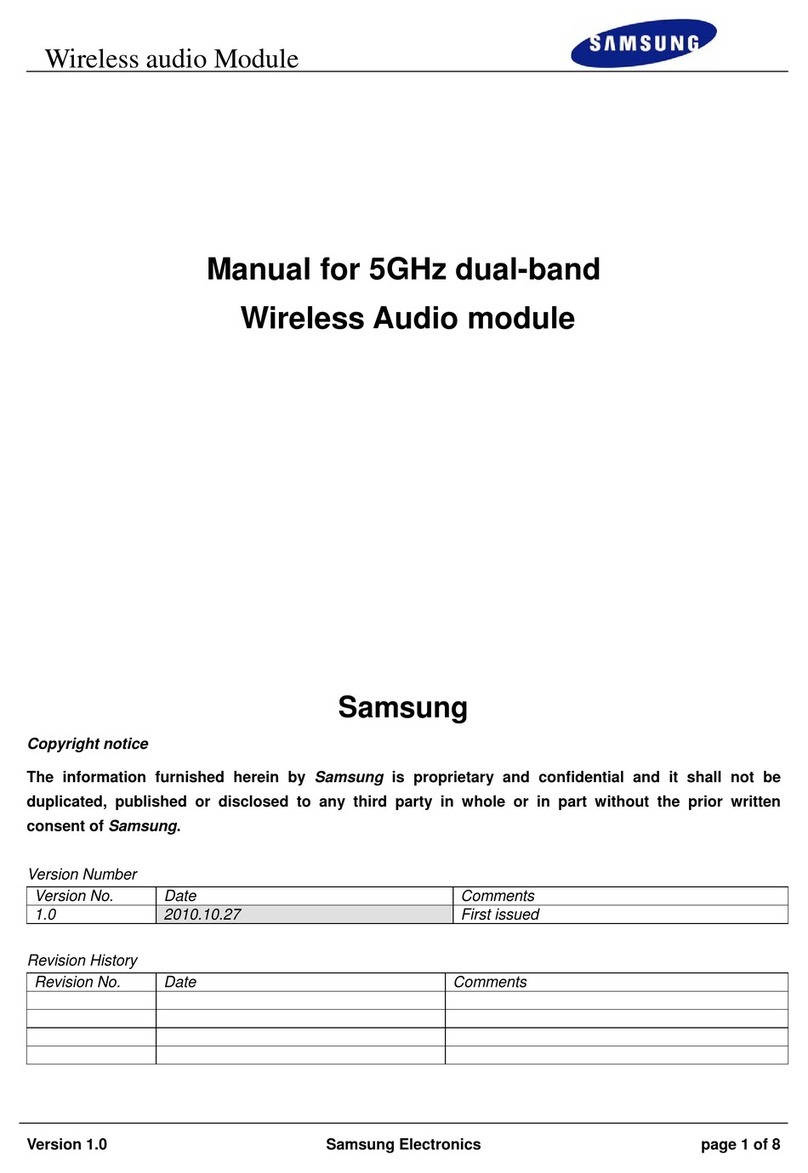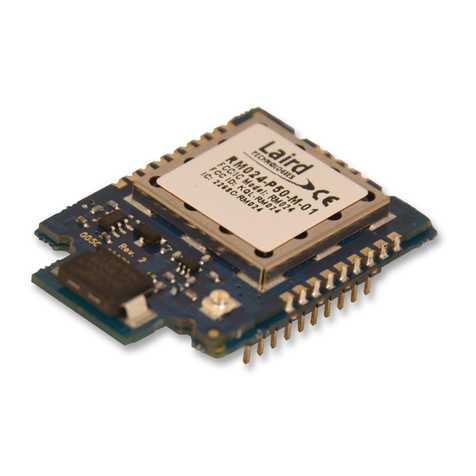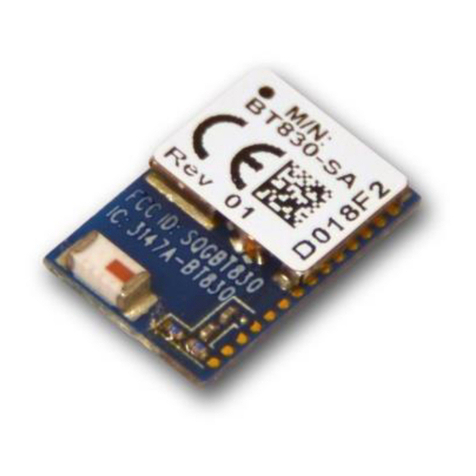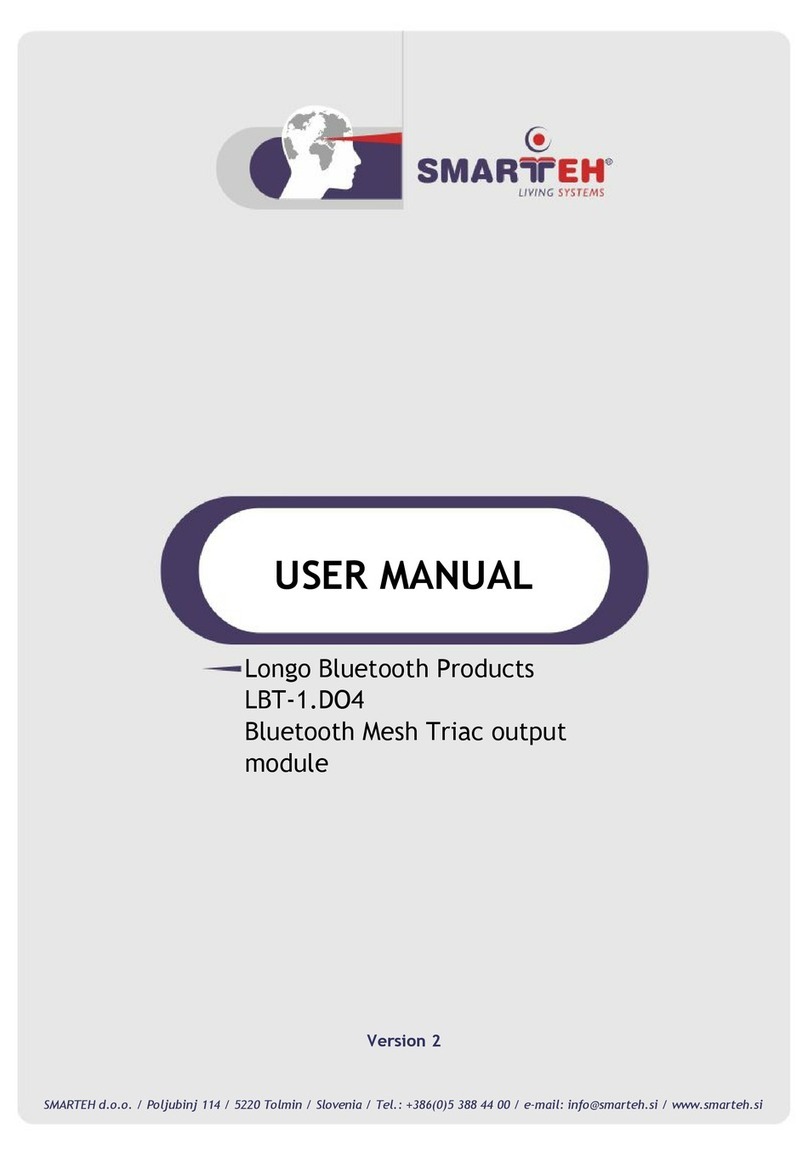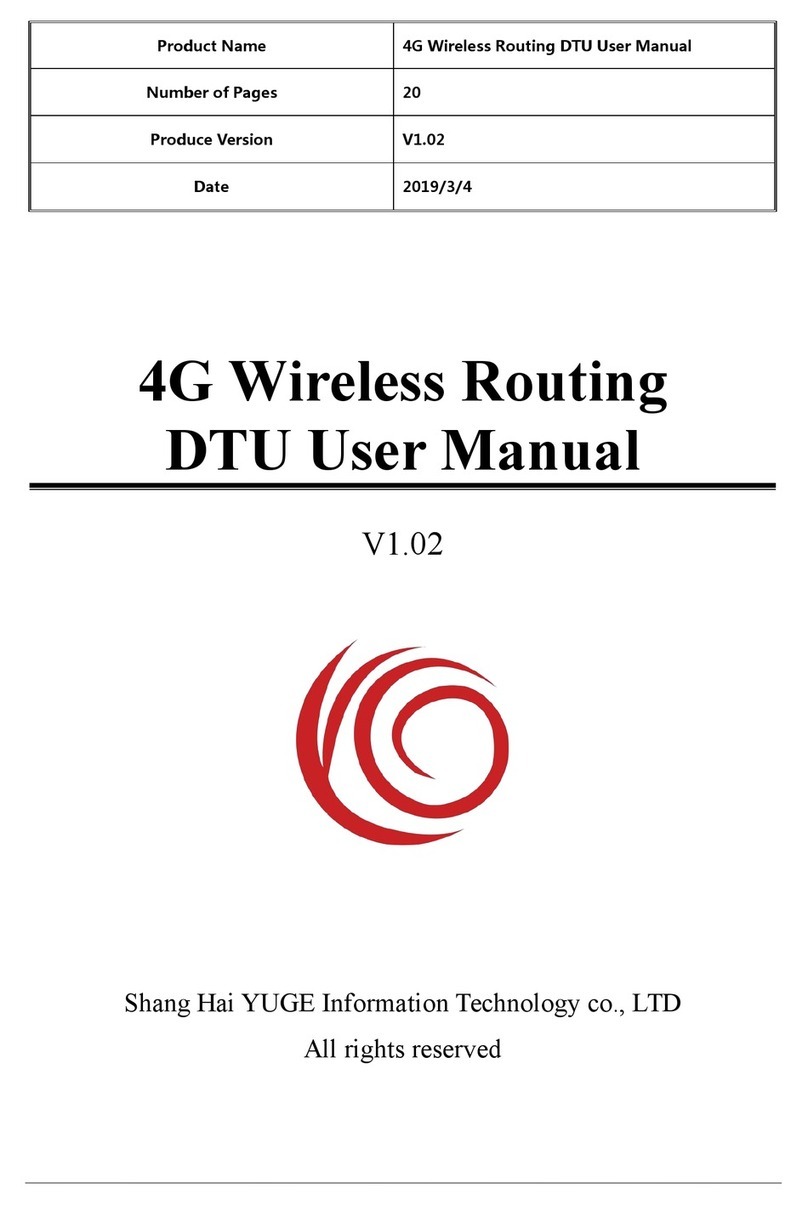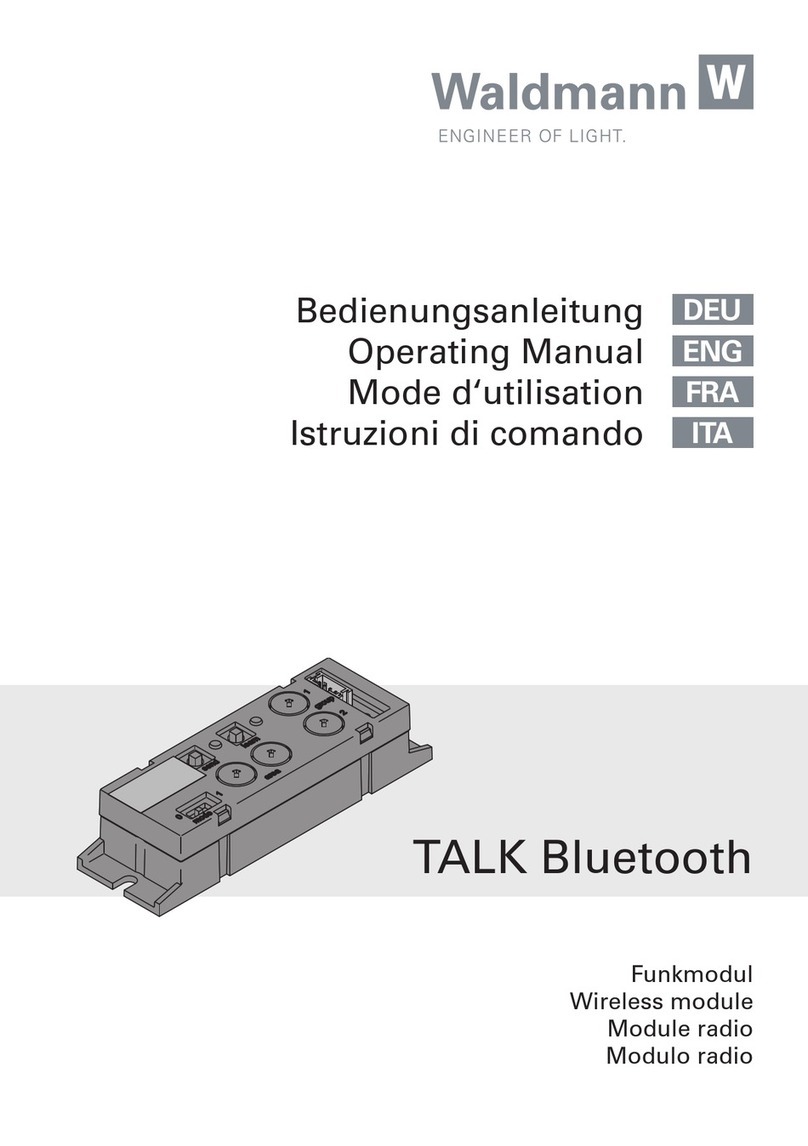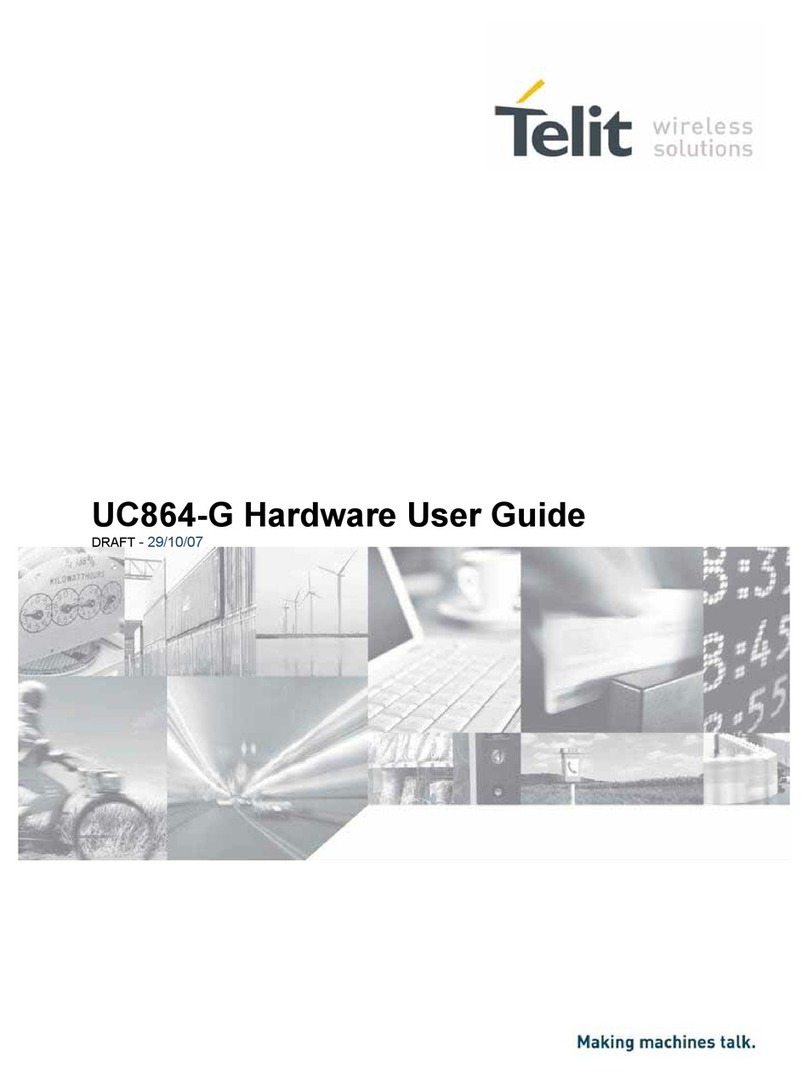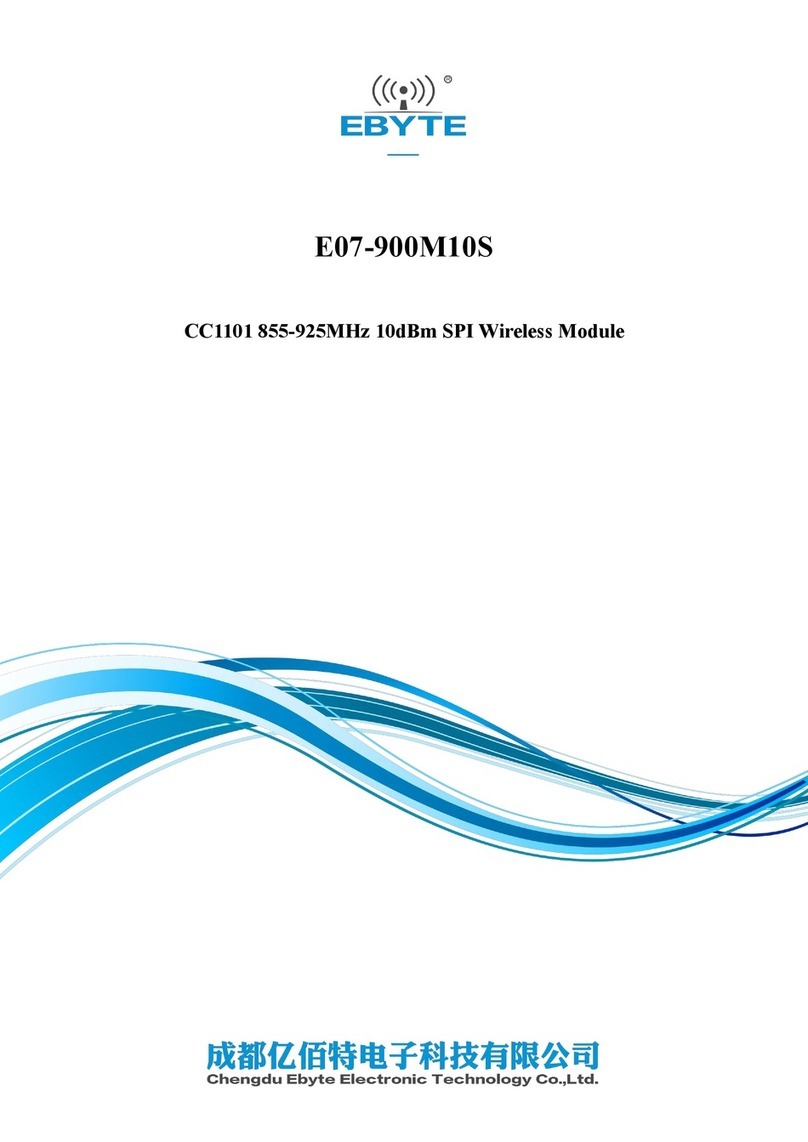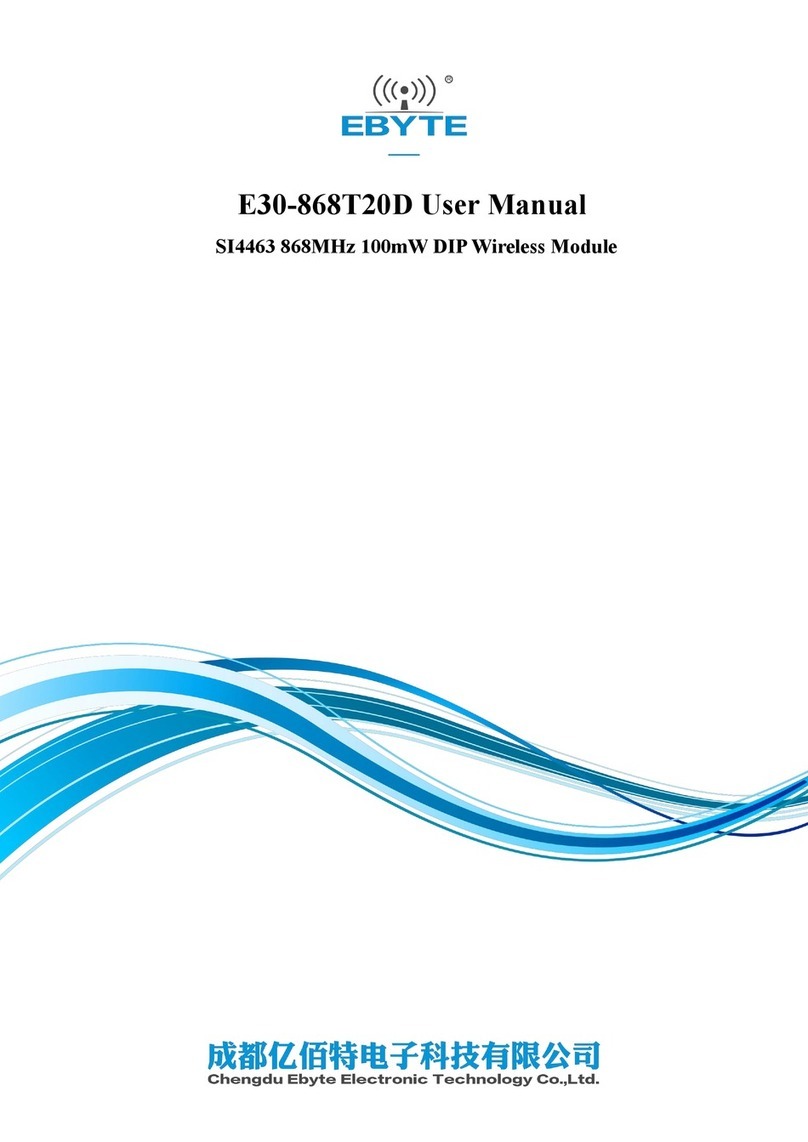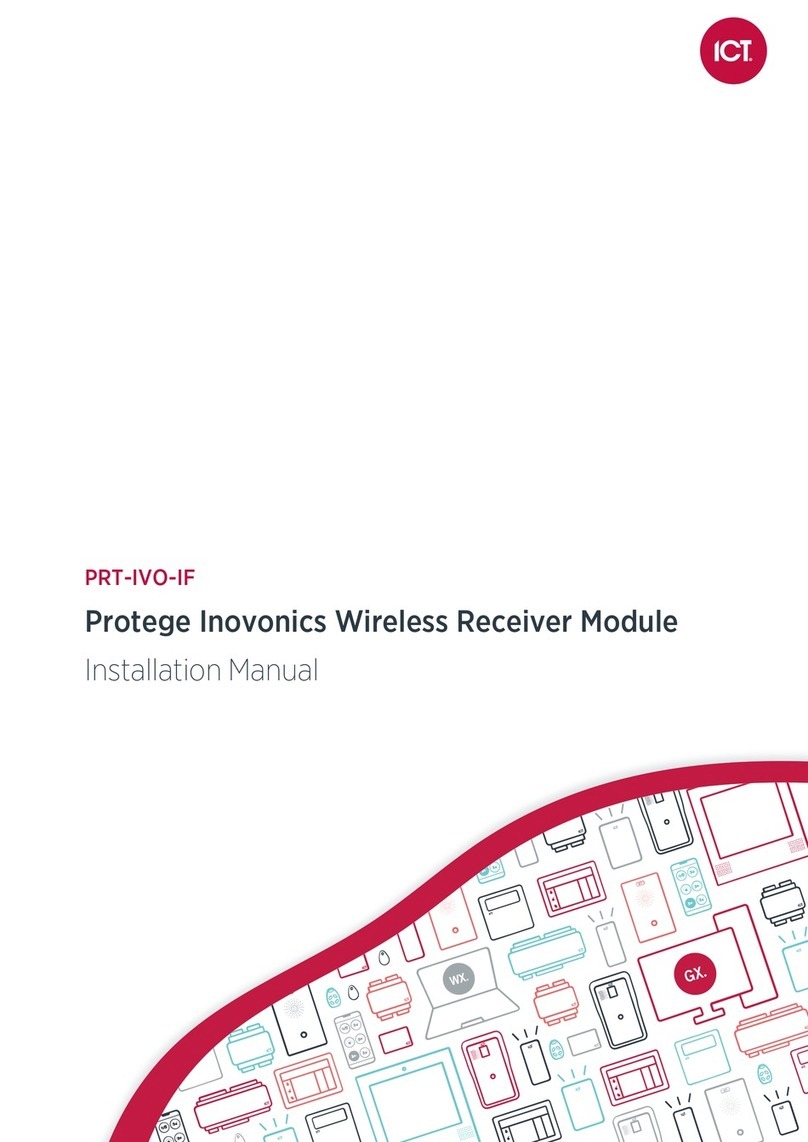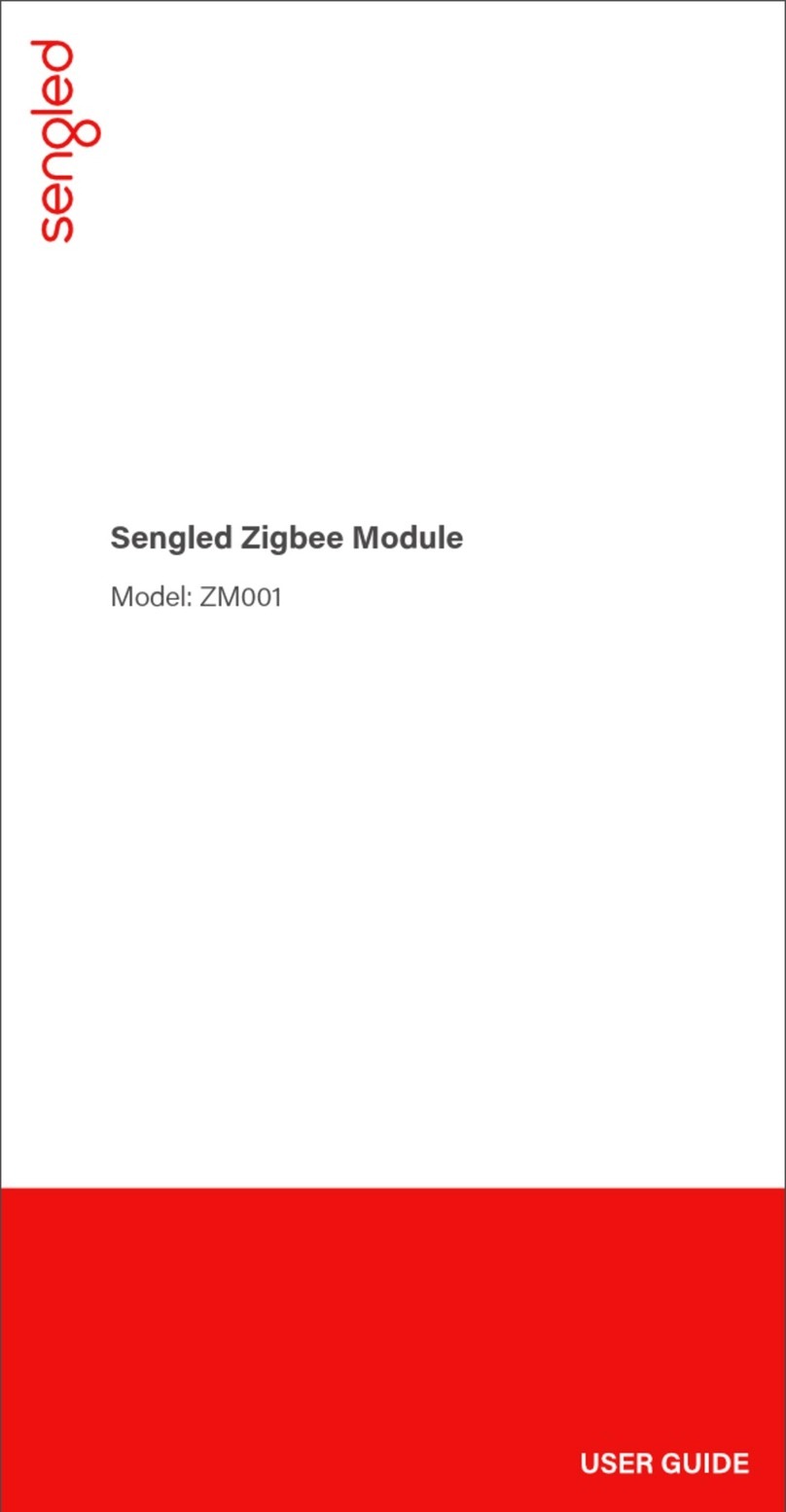
Wi-Fi&BT Module Series
FG50V Hardware Design
FG50V_Hardware_Design 4 / 54
Contents
About the Document ...................................................................................................................................... 3
Contents ........................................................................................................................................................ 4
Table Index ..................................................................................................................................................... 6
Figure Index ................................................................................................................................................... 7
1 Introduction ............................................................................................................................................ 8
1.1. Safety Information ................................................................................................................................. 10
2 Product Concept .................................................................................................................................... 12
2.1. General Description ............................................................................................................................... 12
2.2. Key Features ........................................................................................................................................... 12
2.3. Functional Diagram ................................................................................................................................ 14
2.4. Evaluation Board .................................................................................................................................... 14
3 Application Interfaces ............................................................................................................................ 15
3.1. General Description ............................................................................................................................... 15
3.2. Pin Assignment ...................................................................................................................................... 16
3.3. Pin Description ....................................................................................................................................... 17
3.4. Power Supply ......................................................................................................................................... 21
3.5. WLAN Interface ...................................................................................................................................... 23
3.5.1. WLAN_EN ................................................................................................................................... 24
3.5.2. PCIe Interface ............................................................................................................................. 24
3.6. BT Interface ............................................................................................................................................ 25
3.6.1. BT_EN ......................................................................................................................................... 26
3.6.2. BT_WAKEUP_HOST* and HOST_WAKEUP_BT* ......................................................................... 26
3.6.3. PCM Interface* .......................................................................................................................... 27
3.6.4. UART Interface ........................................................................................................................... 28
3.7. Conexistence Interface .......................................................................................................................... 29
3.8. WLAN_SLP_CLK Interface ...................................................................................................................... 30
3.9. Others Interfaces ................................................................................................................................... 30
3.9.1. SW_CTRL* .................................................................................................................................. 30
3.9.2. WLAN Debug Interface .............................................................................................................. 31
3.9.3. BT Debug Interface ..................................................................................................................... 31
3.10. RF Antenna Interfaces ........................................................................................................................ 31
3.10.1. Operating Frequency ................................................................................................................. 32
3.10.2. Reference Design of RF Antenna Interfaces ............................................................................... 32
3.10.3. Reference Design of RF Layout ................................................................................................... 33
3.10.4. Antenna Requirements .............................................................................................................. 35
3.10.5. Recommended RF Connector for Antenna Installation ............................................................. 35
4 Reliability, Radio and Electrical Characteristics ........................................................................................ 38
4.1. General Description ............................................................................................................................... 38
